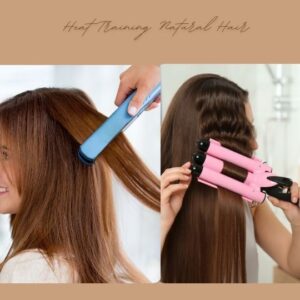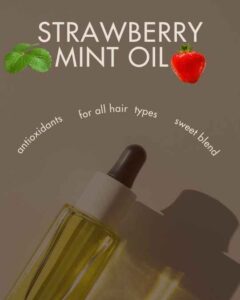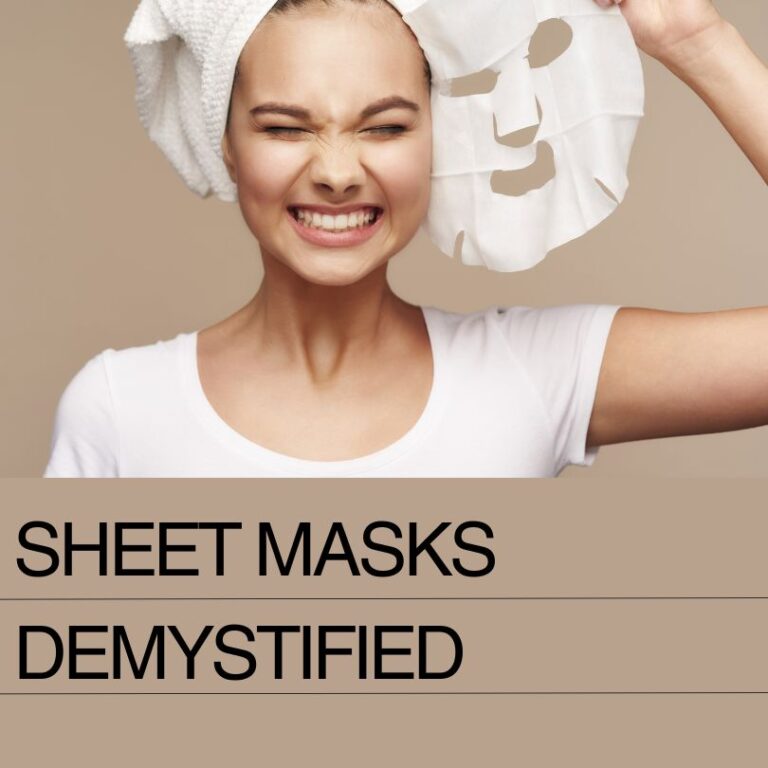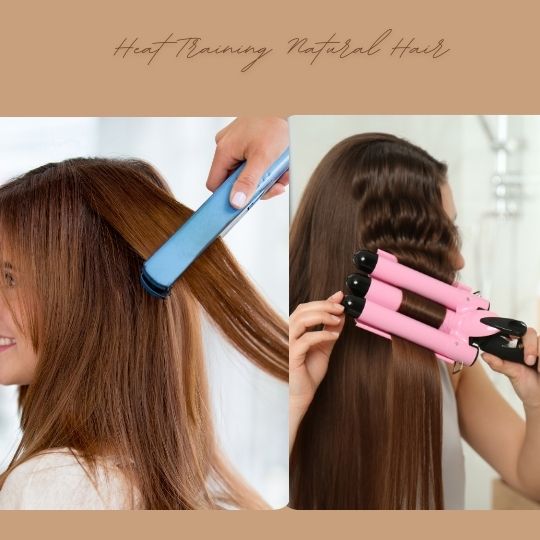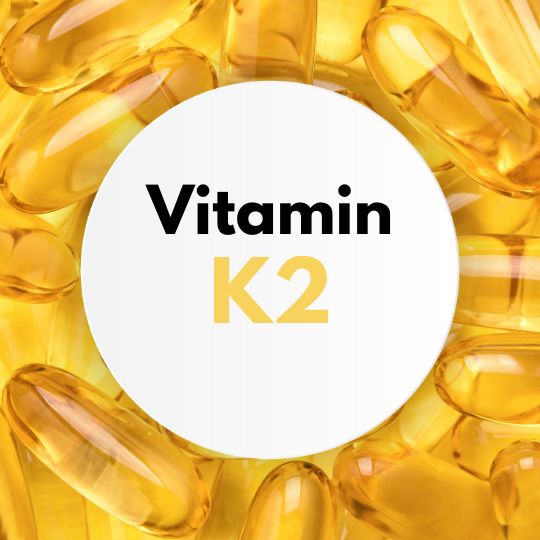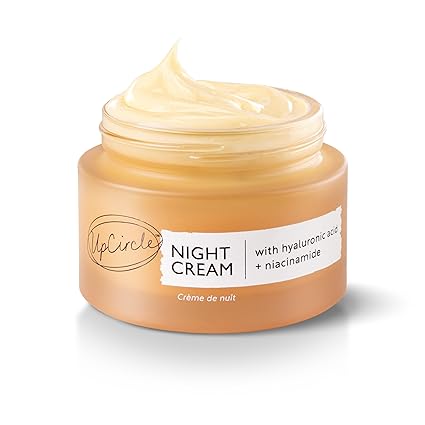Essential oils are natural aromatic compounds extracted from various parts of plants, such as leaves, flowers, stems, and roots.
They are highly concentrated and capture the plant’s essence, including its fragrance and beneficial properties. So Essential oils have been used for centuries in traditional medicine, aromatherapy, and skincare due to their potential therapeutic effects.
Table of Contents
ToggleTypes of Essential Oils:
There are numerous types of essential oils, each derived from different plants, and they offer a wide range of aromas and potential benefits. Some common types of essential oils include:
Lavender:
Known for its calming and soothing properties. It may help promote relaxation, reduce stress and anxiety, improve sleep, and soothe skin irritations.
Geranium:
Known for its balancing and floral aroma. It may help regulate emotions, support skin health, and act as a natural insect repellent.
Ylang Ylang:
Often used for its sweet and floral scent. It may help reduce stress and anxiety, improve mood, and promote relaxation.
Sandalwood:
Renowned for its woodsy and grounding fragrance. It may help promote relaxation, improve mood, and enhance meditation practices.
Rosemary:
Known for its herbal and invigorating aroma. It may help improve focus and memory, support hair and scalp health, and provide a stimulating scent.
Peppermint:
Often used for its invigorating and refreshing aroma. It may help alleviate headaches, improve focus and concentration, relieve muscle tension, and support respiratory health.
Tea Tree:
Renowned for its antimicrobial and antiseptic properties. It’s commonly used for skin care to help with acne, fungal infections, and various skin issues.
Eucalyptus:
Frequently used for its refreshing scent and respiratory benefits. It may aid in clearing congestion, supporting respiratory health, and providing a feeling of invigoration.
Lemon:
Believed to have uplifting and energizing effects. It’s often used to promote a positive mood, improve mental clarity, and can be used as a natural surface cleaner.
Chamomile:
Valued for its calming and soothing properties. It may help with relaxation, support a restful sleep, and soothe skin irritations.
Frankincense:
Traditionally used for spiritual and meditative purposes. It may promote feelings of peace and relaxation, support skin health, and improve focus.
Bergamot:
Believed to have a citrusy and uplifting scent. It may help reduce stress and anxiety, support a positive mood, and promote relaxation.
Benefits :
The specific amount of plant material required to produce essential oils can vary depending on the plant species and the extraction method used.
As you mentioned, it takes about 250 pounds of lavender flowers to produce just 1 pound of lavender essential oil. Similarly, around 5,000 pounds of rose petals or lemon balm are needed to yield 1 pound of rose or lemon balm essential oil, respectively.

The benefits of essential oils can vary depending on the specific oil used. Some potential benefits include:
Aromatherapy:
the oils are commonly used in aromatherapy to promote relaxation, reduce stress, and enhance mood.
skin care:
Certain essential oils have moisturizing, anti-inflammatory, and antimicrobial properties that can benefit the skin.
Respiratory Support:
Some oils can help with congestion and support respiratory health when used in steam inhalation or diffusers.
Pain Relief:
Certain oils like peppermint and eucalyptus may offer relief from headaches and muscle discomfort when applied topically.
Improved Sleep:
Lavender and chamomile are often used to promote a restful night’s sleep.
Immune Support:
Some essential oils, such as tea tree and eucalyptus, may support the immune system.
Before using any new essential oil on a larger area of your skin, it’s essential to perform a patch test. Apply a small diluted amount of the oil to a small area on your forearm and wait 24 hours to check for any adverse reactions.
How to Use Essential Oils:
There are several ways to use essential oils:
Using a Diffuser:
One of the most popular ways to enjoy the benefits of essential oils aromatically is by using an essential oil diffuser. Add water to the diffuser’s reservoir along with a few drops of your chosen essential oil. The diffuser will disperse the oil into the air as a fine mist, filling the room with the aroma.
DILUTION:
Essential oils are highly concentrated, so it’s crucial to dilute them before applying them to your skin. Mix a few drops of essential oil with a carrier oil like coconut oil, jojoba oil, sweet almond oil, or grapeseed oil. A common dilution ratio is 2-3 drops of essential oil per teaspoon of carrier oil, but this can vary depending on the specific oil and individual sensitivity.
Application:
Once you’ve diluted the essential oil, you can apply it to your skin. Common application areas include wrists, temples, neck, or the soles of your feet. Avoid applying oils to sensitive areas, such as the eyes, ears, or mucous membranes.
Steam Inhalation:
- Boil a pot of water and remove it from the heat source.
- Add 3-7 drops of essential oil to the hot water.
- Cover your head with a towel, creating a tent over the pot, and lean over the steam.
- Inhale deeply and slowly for a few minutes. This method can be beneficial for respiratory issues or congestion.
BATH:
Add 5-10 drops of essential oil to a warm bath, agitating the water to disperse the oil. Enjoy a relaxing soak for about 20-30 minutes to experience the aromatic benefits of the oil.
MASSAGE:
Create a massage oil blend by adding a few drops of essential oil to a carrier oil. Mix well and use it for massage therapy to promote relaxation and well-being.
COMPRESS:
- Fill a bowl with warm or cold water (depending on the condition you want to address).
- Add 3-5 drops of essential oil and stir to disperse.
- Soak a clean cloth in the water, wring it out, and apply the compress to the affected area.
Roll directly on your skin:
Choose the Right Rollerball Bottle:
Select a small rollerball bottle made of glass, as essential oils can interact with plastic, potentially compromising their quality.
Dilute with Carrier Oil:
As Dr. Lin mentioned, most essential oils should be diluted before applying them to the skin. Diluting essential oils with a carrier oil like coconut oil, jojoba oil, sweet almond oil, or grape seed oil helps reduce the risk of skin irritation and sensitization. A common dilution ratio is 2-3 drops of essential oil per teaspoon of carrier oil, but this can vary depending on the specific oil and individual sensitivity.
Create Your Essential Oil Blend:
In the rollerball bottle, combine the desired essential oils with the chosen carrier oil. Gently roll the bottle between your palms to mix the oils.
Application:
Once the blend is ready, apply it to your skin using the rollerball. Common application areas include wrists, temples, neck, or the soles of your feet. Avoid sensitive areas, such as the eyes, ears, or mucous membranes.
Store Properly:
Store the rollerball bottle in a cool, dark place, away from direct sunlight and heat, to preserve the quality of the essential oils.
FAQ
Why do you put essential oils behind your ears?
Applying essential oils behind the ears is a common practice in aromatherapy due to the rich vascular network found in this area. The skin behind the ears is thin and has a higher number of blood vessels, making it an effective spot for absorption. When essential oils are applied in this location, their aromatic molecules can easily enter the bloodstream through the blood vessels and reach various parts of the body, offering potential benefits for relaxation, mood enhancement, and overall well-being.
Do essential oils expire?
Yes, this oils do have a shelf life and can expire over time. The shelf life of essential oils varies depending on the specific oil, its chemical composition, and how it’s stored. Generally, most essential oils have a shelf life of about 1 to 3 years, but some oils can last longer if stored correctly.
Should you refrigerate essential oils?
Essential oils are best stored in a cool, dark place away from direct sunlight and heat. Proper storage in a cool environment will help maintain the quality and potency of the oils. Refrigerators are humid environments, and the condensation that can occur inside the bottle when taking it in and out of the fridge may introduce moisture to the oil, potentially altering its composition and reducing its shelf life. When stored in the refrigerator, they may absorb the odors of other food items present in the fridge, compromising their natural fragrance.


